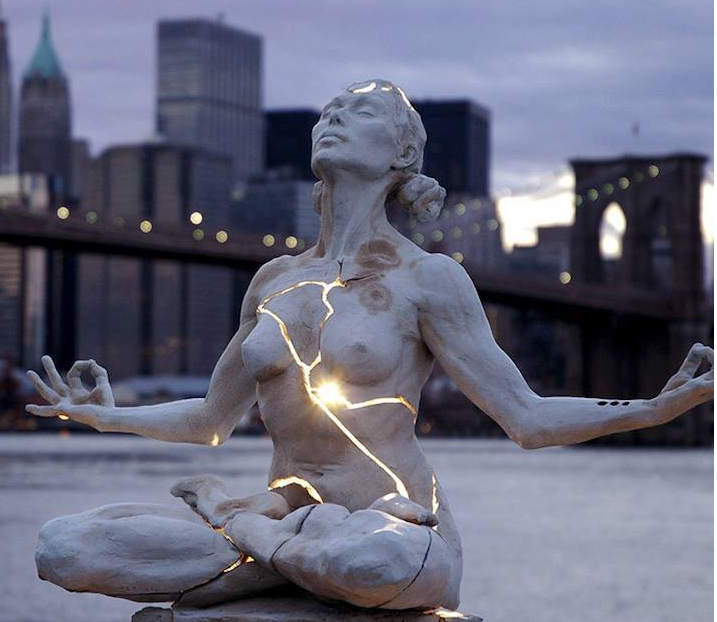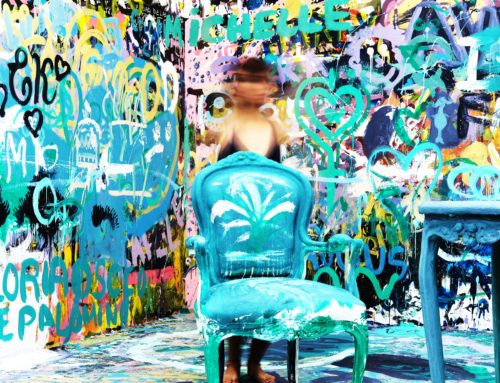Not long ago a client came in slump-shouldered and said simply ‘I feel broken.’ We used the metaphor of ‘brokenness’ for that hour and it stuck with me and him. It resonated even more as I used the term with other clients and shared my own sense of brokenness with friends. Talking about being broken seemed to both help something and make us closer as human beings. Broken became a useful and relevant word, beautiful even.
Related to this is wabi-sabi, the Buddhist-inspired Japanese philosophy that says nothing lasts, nothing is finished, nothing is perfect.
- In art this principle is referred to as flawed beauty
- The Japanese art form, ‘Kintsugi’, translates as ‘golden repair’. To repair broken pottery lacquer is brushed with gold, silver or platinum thus creating a beautiful seam where the brokenness once was.

photo: wikipedia
- Leonard Cohen wrote and sang:
Ring the bell that still can ring
Forget your perfect offering
There is a crack in everything
That’s how the light gets in
- And from Zen master, Shunryu Suzuki:

If this applies to all of nature then we as humans are impermanent, unfinished and imperfect. These qualities are not signs that something is broken and needs to be fixed. They are to be accepted and lived as the nature of all things.
But this philosophy clashes with our Western culture right? Our stories tell us to reach the finish line, get it right, live forever. My mind finds it easy to latch onto the ‘get it right’ story of my culture and creates an alternative story to imperfection. ‘It’s broken, and I can fix it if I just work harder, do more, improve myself. I could fix the imperfection (brokenness) in me.’
Or an even greater story ‘I could help others fix their brokenness, make themselves more perfect, then they and the world would be in a happier and better place!!’ (These are classic Enneagram type 1 stories–more on the Enneagram in another post.)
These stories erased my feelings of helplessness in the face of the truth of our wabi-sabi nature.
But these stories don’t hold much truth in terms of anyone’s direct experience. Yes, it’s good to repair things when we can, prevent problems if they are predictable, but no effort will make life permanent, finished or perfect. Deep down we all know this.
My life is an example of believing some ‘perfection’ story and then slowly learning to accept things as they are. I have learned to accept my life as a fascinating, messy, painful, sublime, loving, hateful, frustrating, dark, brilliant, dull and endlessly meaningful journey. And I have watched this process of self-acceptance change my life and the lives of hundreds of people over 35 years. I now see broken as beautiful, an entry point for self-understanding rather than a problem to be fixed.
This blog will explore the topics that at first don’t seem to go together, like beauty and broken, imperfection as perfect, darkness within the light, etc. We are all imperfect, beautifully so. All 7 billion of us are the human expression of wabi-sabi.
And so, the title Beautifully Broken is for all of us. I first heard this phrase in the song by Government Mule. Rather than change our true nature we can accept the truth and show up for life as it is. The closer we get to what is true the more we find the beauty that is already there. As the poet Yeats wrote:
‘Beauty is truth, truth beauty—that is all
Ye know on earth, and all ye need to know.’










Leave A Comment